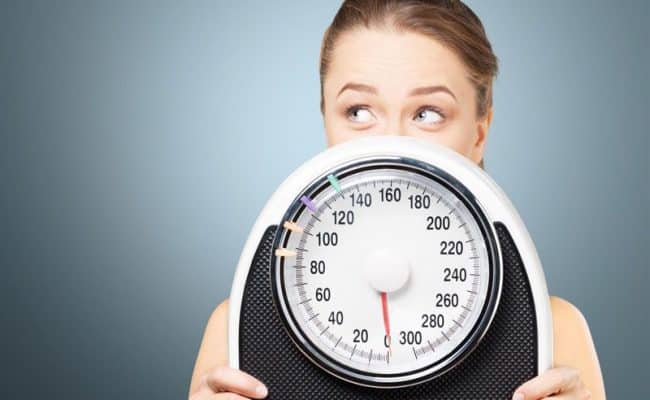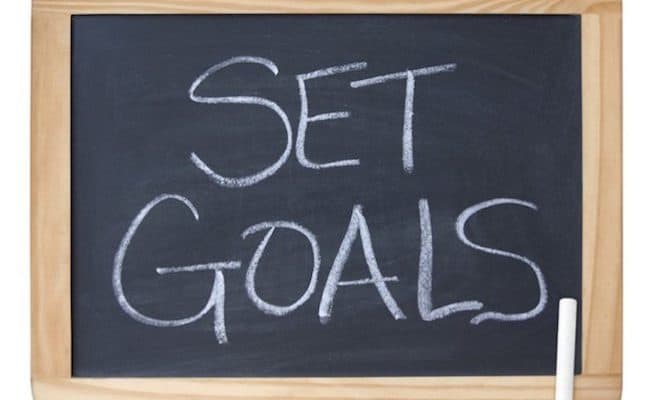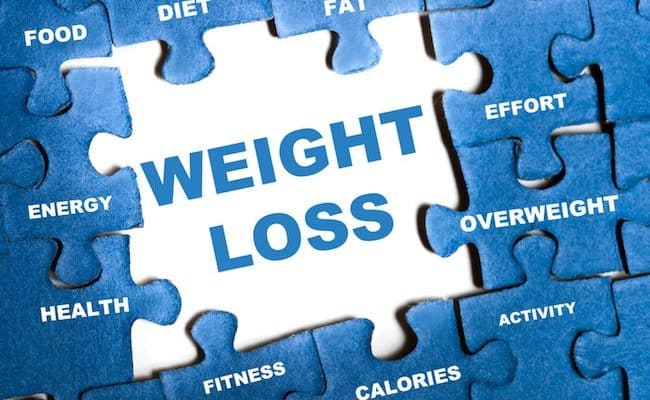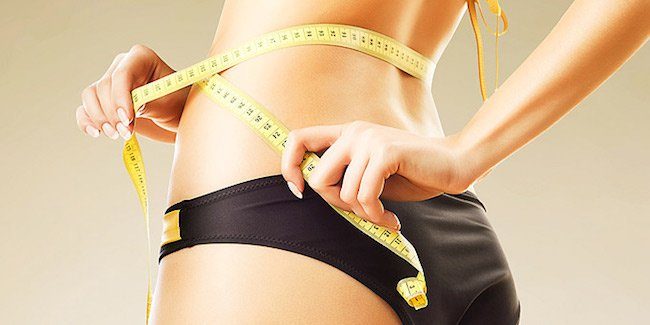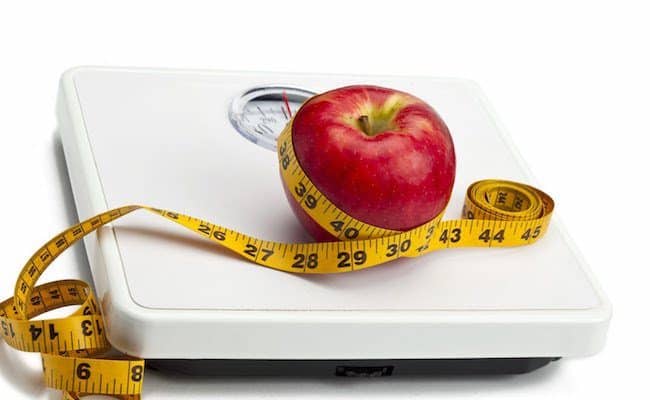
The title says it. It is a journey where you gain insights and experience. No journey equals another. What worked for me doesn’t have to work for you. But we are all starting at the same point. We have a purpose and that is losing weight.
A successful weight loss journey has a strategy. Our bodies are very complex structures and simply reducing calories is not the key to long lasting success. So before we release ourselves onto this journey we have to think about some factors and be prepared for some others.
The mind factor
1. Why am I on this journey?
How many times have you been on a weight loss diet? Do you consider this as something you just do on and off? Do you know why you easily gain weight?
If done right, we would go on this journey just once. So if you’ve been on this journey a couple of times your way of approaching this thing is not working.
It is crucial to know what causes the weight gain. Hormone changes occur in menopause, which can cause weight gain. Undetected food allergies can alter fat burning capabilities. Low thyroid function can make it very hard to lose weight. Do you overeat when you feel frightened, insecure or stressed? Are you addicted to sugar? Do you consume only poor quality foods and beverages?
If you know or suspect the reason why you’re struggling with weight gain you can determine your strategy.
2. What is my strategy?
Why do you need a strategy? Just winging it will never get you anywhere. I must emphasize it is not as simple as restricting calories for a period of time.
If you suffer from low thyroid function you should know that iodine rich foods are important for you and that you should restrain from eating raw versions from the cruciferous vegetables (kale, cabbage, Brussels sprouts, broccoli, cauliflower, etc.).
If you find yourself in menopause you should know that exercise and good bowel movements are crucial to adapt to your body’s changing needs.
If you eat for comfort you need to find alternative solutions that will help you deal with your emotions.
If your diet consists of empty calories a restriction in calories will only increase your body’s nutrient debt.
3. Are my goals realistic?
We all want to look like Gisele Bundchen. But the sooner we let go of unrealistic images of how one should look, the better. Let’s be honest, there can only be one Gisele Bundchen.
Never archiving the goal to look like her will result in feelings of dissatisfaction. And when we’re unhappy we just have one more reason to sneak into the pantry and find ourselves emptying the cookie jar while feeling sorry for ourselves.
Every weight loss plan that promises you to lose more than 1-2 pounds a week is not realistic (see also: What is a healthy amount of weight to lose per week). Don’t waste your money, time and health. And ask yourself, does this plan really consider my very personal needs. There is no diet that fits all (see No. 1).
4. Be ready to feel shitty
The fat deposits in your body store extra energy as fat. They are also the cupboards that you want to lock because of all the dangerous stuff they contain. If our body is overwhelmed with all its tasks to keep us healthy, toxins that we breath in or eat with our food are stored in fat cells because that is the location where they can’t do any harm.
When we force our body to release the fat from the fat storage, the stored toxins are also released into the bloodstream. That means an extra load of work for the elimination organs like the liver and the kidneys. As a result we probably will also experience unpleasant symptoms like headaches or fatigue.
This in one reason why an “extreme” weight loss journey is not healthy. So nutritionists do definitely not recommend a “fast” approach.
5. Be ready for cravings
Cravings are awesome. I mean they would be awesome if we could figure out how to read them.
The body’s fundamental goal is staying on an even keel. Google the word “homeostasis” to learn more about this trick of your body. Basically, it is the optimum situation your body wants to be in, where everything just runs smoothly. There is for instance the perfect concentration of sugar in your blood and the right amount of magnesium. There is not too much sensory input hitting your nervous system and the room temperature is just right so you don’t sweat.
However, when we eat, all kinds of stuff will be pushed into your blood. Or when we exercise all kinds of stuff will be used up from your blood. So the body constantly tries to cope with the new situation and strives for balance. Cravings can arise out of such an imbalance. It’s your body telling you that something is missing (deficiency) or that there is actually something too much in the system to function optimally.
If your body runs on sugar and caffeine before your weight loss journey and you suddenly eliminate these items from your diet, you body will answer with “What the f*$# are you doing?” The cravings, which are withdrawal symptoms, will make you feel depressed and tense. Oh no, that means in addition to the moody and irritable feelings of No. 4. That is why everyone is miserable on a weight loss journey.
However, cravings are a very complex topic and deserve a blog post itself. If you experience the same cravings over and over, it’s a good idea to consult with a health coach that is familiar with cravings. The other option is to just start eating whatever there is in the fridge until the cravings subside (which is not recommended by nutritionists either).
The food factor
6. Low-fat doesn’t help
Replacing foods with low-fat alternatives won’t help you lose weight. Low-fat yogurts e.g. are loaded with sugar, which eventually will be converted to fat. Also low-fat options are not necessary lower in calories. Healthy fats are a crucial part of a healthy diet.
7. Nutrient dense is the key
A key factor to a healthy weight loss plan is nutrient dense food. And it comes to no surprise that non-starchy vegetables are on top of the list. They contain tons of micronutrients (vitamins, minerals, etc.) and very little calories. So make every calorie count. On a weight loss journey there is no room for empty calories (meaning calories that do not deliver micronutrients but tons of artificial stuff).
8. Don’t fall into the vegan trap
Just because vegetables are considered vegan food it doesn’t mean that a vegan diet is the key to success. Peaches canned in sugary syrup? Vegan burger with tons of salt and artificial flavoring? Pasta with canned tomato sauce? Nope. Not nutritionist approved. (See also: How to follow a healthy vegan diet)
9. Don’t fall into the sugary drinks trap
It is actually a little discouraging to see how much calories there are in drinks like cocktails or coffee delights. One 16 oz. Mocha Frappuccino equals 400 calories. That is 30 minutes of cycling at maximum intensity or 35 minutes of rope jumping just to burn this treat off.
Furthermore your body doesn’t really recognize liquid calories and after ingesting them you will very likely feel even more hungry and miserable because you have reached your daily allowance of calories already.
10. Enjoy low-carb dinners
Carbohydrates mean energy for the body. The body doesn’t need carbohydrates to build stuff like cells, hair or nails. Therefore if we eat too many carbohydrates and do not use them up right away, the body stores the carbohydrates in muscles, the liver and eventually in fat cells.
Unless you are working out after dinner or working the night shift a low-carb dinner might help you with losing weight. Non-starchy vegetables combined with some protein and fat are a great option for low-carb weight loss dinners.
The exercise factor
11. Losing weight by just exercising more
Theoretically this is an option. Basically you are creating a negative energy balance. You eat the same amount of calories but burn more calories with increasing your daily activities.
2000 calories consumed – 2500 calories expended = – 500 calories taken from storage
Bingo! But you have to be honest to yourself. Doing some extra leg lifts while relaxing on the couch just won’t cut it.
12. The eating after exercise trap
Exercising doesn’t mean that you can indulge in all your favorite foods afterwards. You should replenish your energy storage after exercising that is right. But the after exercise snack should only contain approx. 1/3 of the calories burnt during exercise (ideally in a ratio 4:1 carbohydrates to protein).
13. Lift weights
You should lift weights on your weight lose journey. If you don’t you not only lose fat but you are also sacrificing lean muscles tissue. You don’t want to lose lean muscles because these guys are actually burning off the muffin top.
Muscles consume energy. Lifting weights is a key to promoting fat mobilization and muscle maintenance. (What is the best exercise for weight loss)
14. Don’t be a prisoner to your scale
It is important to know, that the number on the scale is not everything. When you engage in weight exercises and build up muscle tissue you actually might not lose weight at all in the beginning. But you are turning soft flabby fat tissue into sexy toning lean muscles that eventually will contribute to losing weight because they burn calories even when you hang out on the couch.
Last word:
A weight loss journey should be educational. It’s not just about losing weight but also about how your body operates. If you plan to go back to your old lifestyle and eating habits why bother going on this journey in the first place.
